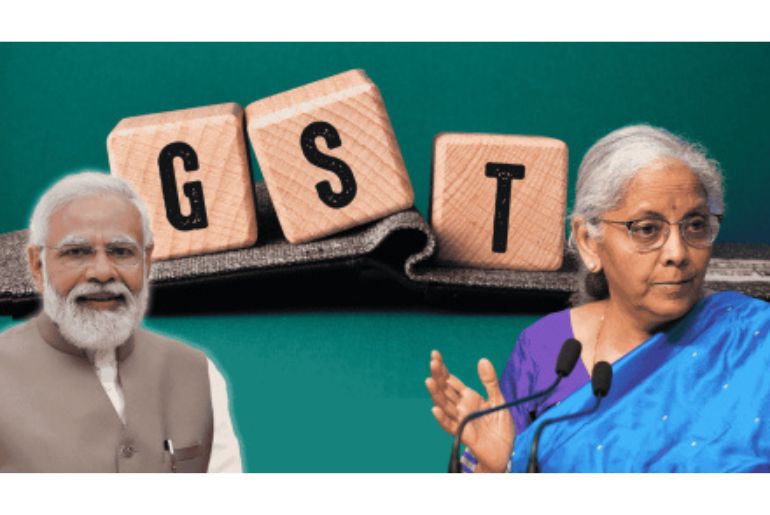The Government of India has announced a revamped Goods and Services Tax (GST) framework with simplified slabs of 5%, 18%, and 40%. The reform is set to reduce vehicle prices across categories, encourage domestic sales, and strengthen the country’s push toward clean mobility.
Under the new system, electric vehicles (EVs) will continue to attract just 5% GST, while most passenger vehicles, two-wheelers, and commercial vehicles will now fall under the 18% slab. Larger vehicles with high engine capacities and SUVs will be taxed at 40%.
Impact on Vehicle Prices
-
Entry-level cars such as hatchbacks (Waggon R, Swift) and compact sedans (Swift Dzire) will become cheaper by about 8.5%.
-
Compact SUVs and MPVs with engines under 1,500 cc (Maruti Brezza, Ertiga) will see price cuts of around 3.5%.
-
Premium SUVs and larger MPVs (Mahindra XUV700, Toyota Innova) could become cheaper by about 6.7%.
-
Two-wheelers with engines up to 350 cc will be nearly 7.8% cheaper, while premium motorcycles above 350 cc will cost about 6.9% more.
-
Tractors, buses, and commercial vehicles will see price reductions of around 6–8%, further supporting agricultural and freight sectors.
Boost for Industry and Consumers
The reform also brings all auto components under the 18% GST slab, reducing costs for manufacturers and making replacement parts more affordable for consumers. Analysts project low single-digit growth in passenger vehicle sales and higher single-digit growth for two-wheelers in FY26, with tractors expected to grow by 4–7%.
The logistics industry is another major beneficiary. GST on multimodal logistics has been reduced from 12% to 5%, lowering transport costs, particularly for exporters. Additionally, third-party insurance for goods carriers will now attract only 5% GST, easing operating costs for fleet operators.
Policy Direction and Vision
Commenting on the reforms, Mr Shailesh Chandra, Managing Director, Tata Motors Passenger Vehicles & Tata Passenger Electric Mobility, said:
“These reforms reflect Prime Minister Narendra Modi’s vision for next-generation GST that prioritises both ease of living and ease of doing business. The streamlined GST framework goes beyond rate rationalisation, with structural reforms enhancing long-term confidence in India’s economic environment.” “The GST Council’s decision to retain the 5% GST rate on electric vehicles is a forward-looking move that reinforces India’s commitment to sustainable, zero-emission mobility and signals long-term policy stability. The reduction of GST on small cars to 18% further expands access to personal mobility, making it more affordable for a broader section of society. Together, these measures will not only accelerate EV adoption but also drive innovation, strengthen domestic manufacturing, and propel India toward a cleaner, smarter, and self-reliant mobility future.”
Outlook
The revised GST structure is expected to make personal mobility more affordable, improve industry competitiveness, and accelerate the transition to green transport. By aligning with long-term sustainability goals while boosting affordability and demand, the reforms position India’s automotive and logistics sectors for a phase of stable, inclusive, and cleaner growth.

